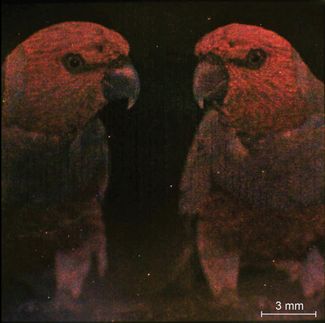Stickier adhesives discovered at Surrey
Advertisement
Physics researchers from the University of Surrey have discovered that adding a small amount of clay to adhesives makes them stick better. The clay was combined with soft plastic to make nanoparticles, which have a size that are more than 200 times the width of a human hair. When the nanoparticles were added at very low concentrations to normal adhesives, more energy was required to pull the adhesive off of surfaces. Applications for this type of adhesive include tapes, labels, and decals but also high performance areas such as in the aerospace and automobile industry.
The right arrangement of the clay in nanoparticles was needed to improve the adhesive's performance. If the clay was added to an adhesive without being included in a nanoparticle, there was not a large effect on the stickiness. Plastic nanoparticles without clay likewise were not effective. The researchers found that only the combination of the clay and the plastic in the nanoparticles used higher energies when the adhesive was being pulled off surfaces.
The research was carried out by Dr. Tao Wang, who recently completed his PhD degree, under the supervision of Professor Joe Keddie, in close collaboration with a group at the University of Warwick, led by Dr. Stefan Bon. Funding for Dr. Wang's study was provided by a University Research Scholarship and an Overseas Research Student award.
The results were reported in Soft Matter.
Other news from the department science
These products might interest you

Get the chemical industry in your inbox
By submitting this form you agree that LUMITOS AG will send you the newsletter(s) selected above by email. Your data will not be passed on to third parties. Your data will be stored and processed in accordance with our data protection regulations. LUMITOS may contact you by email for the purpose of advertising or market and opinion surveys. You can revoke your consent at any time without giving reasons to LUMITOS AG, Ernst-Augustin-Str. 2, 12489 Berlin, Germany or by e-mail at revoke@lumitos.com with effect for the future. In addition, each email contains a link to unsubscribe from the corresponding newsletter.
























































